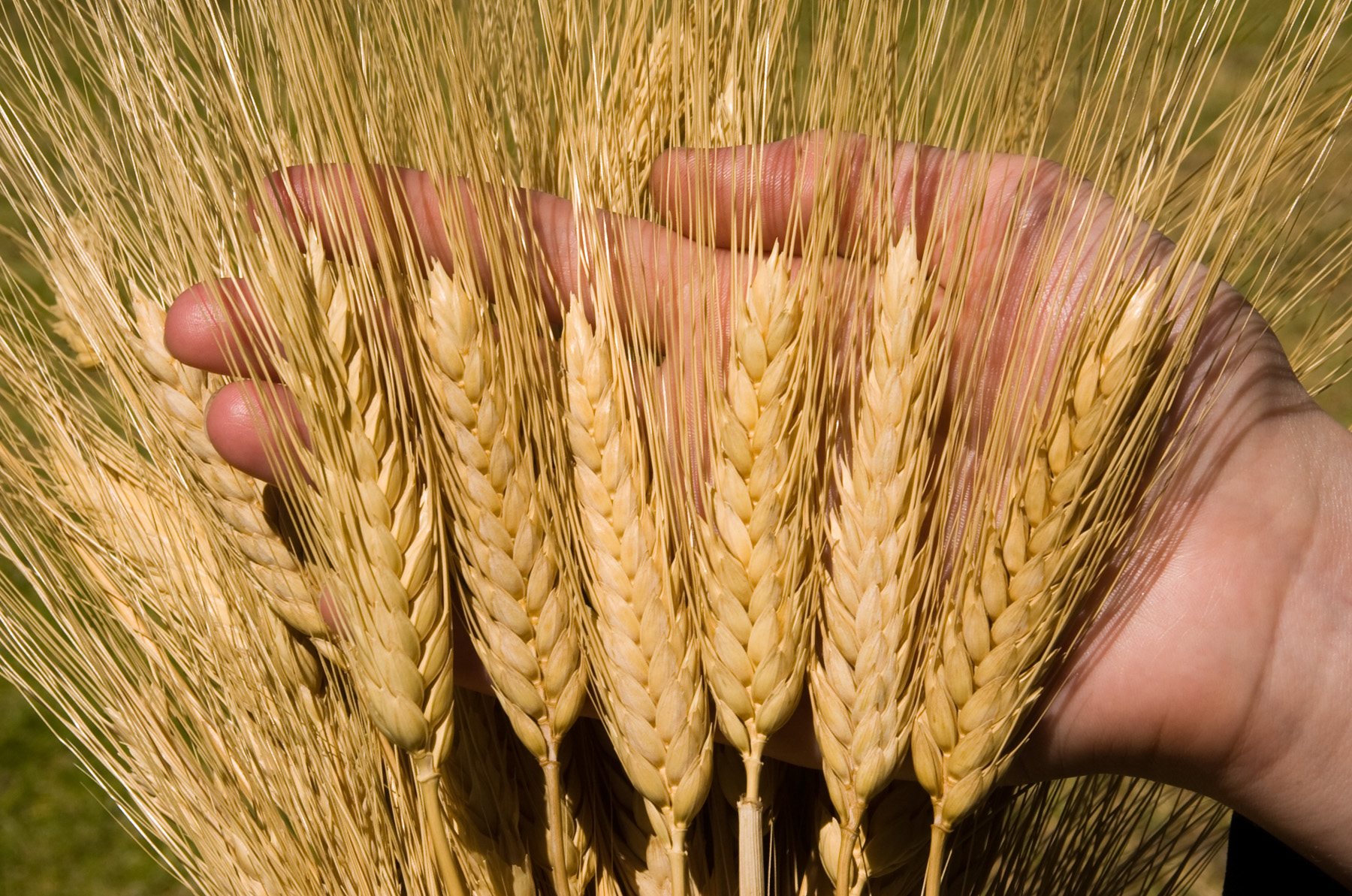When I first heard about respected Italian pasta artisans making traditional pasta with Canadian grown whole grain durum wheat, I had a personal locavore mini-crisis. I couldn’t wrap my head around how it might make sense for Italian pasta-makers to rely on farmers outside of Italy to provide the basic whole grain ingredient needed to make excellent pasta: durum wheat or “grano duro.” How does it make sense? Simple, the Italian pasta-maker’s commitment to quality.
In the past, Italian pasta producers had no choice but to buy their durum wheat from Italian growers. Not only was durum wheat not grown in North American until the 20th century, the climate in Italy was more appropriate for durum wheat growing in centuries past. In the past few years, there have been reports that global warming is causing Italian pasta producers to rely on Canadian farmers for high quality whole grain durum wheat; and in fact many of Italy’s pasta artisans today recognize some Canadian durum wheats as the highest quality available.
When Italian pasta artisans, like Gustiamo‘s own Faella, buy durum wheat they buy the whole grain itself. They do not buy a flour or a processed version of the wheat. By starting with the whole grain in its plant form, the pasta maker is able to maintain the integrity and quality of the plant regardless of if it is Canadian or Italian grown. By plant integrity and quality, we are not just talking about the “yumminess” of the final pasta product, we are also considering the wheat’s health benefits. Because of its high protein content, durum wheat is one of the physically hardest varieties of whole grain wheat therefore, one would eat less of an artisan made pasta than an industrial pasta to reach the same level of satisfaction. In short, the real-deal durum wheat pasta fills you up!
Preserving quality in traditional foods is a complex issue in today’s globalized economy and that in some cases traditions can actually be better preserved with the help of globalization. Perhaps the durum wheat coming out of places like Canada may actually be more similar to the Southern Italian durum wheat from centuries ago which was used at the formation of Italy’s pasta making traditions.
@Danielle
